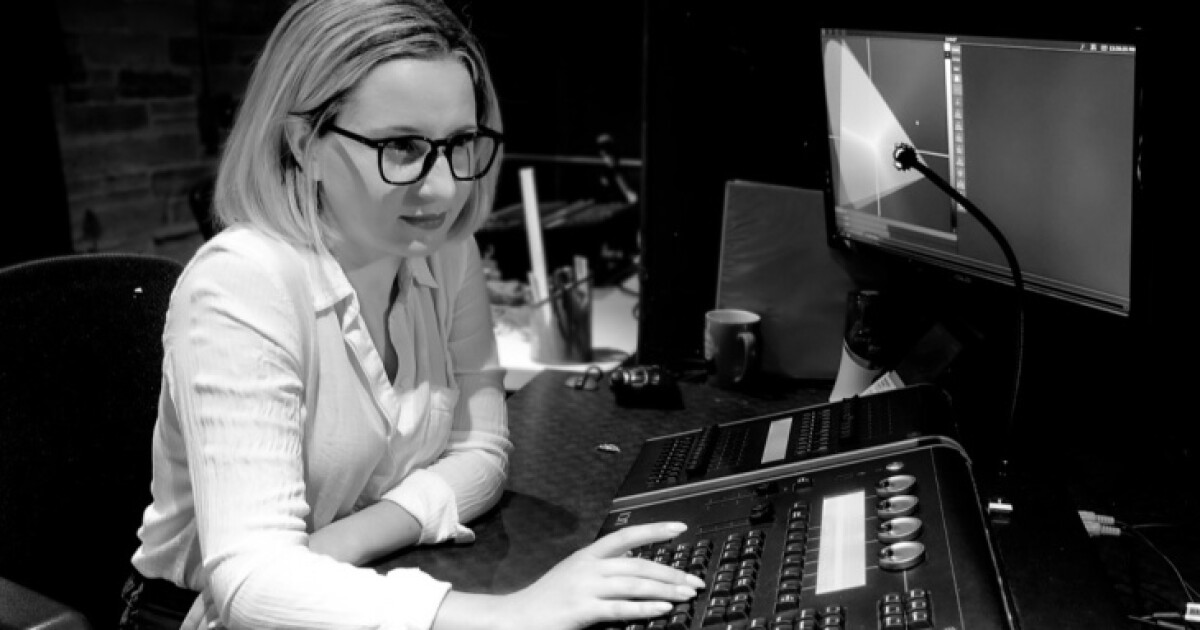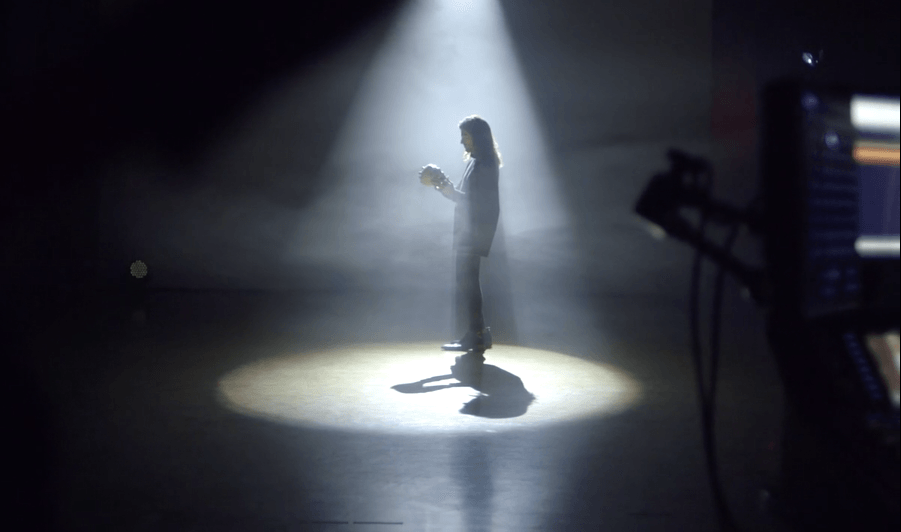
- #THEATRICAL LIGHTING DESIGNER JOBS HOW TO#
- #THEATRICAL LIGHTING DESIGNER JOBS TV#
- #THEATRICAL LIGHTING DESIGNER JOBS WINDOWS#
Then, work will begin in my studio, where I tend to work normal hours, 9am-5pm. I’ll then think about how I will integrate light. The set designer will sketch out a rough set and talk about feasibility, then an engineer will work out how it would be built. I sit down with the other designers and look at a brief, set by a creative director and sometimes the musician themselves.


I start work on a project about six months before a tour starts. TR: My days are split between working in my personal studio in my garden and working on-site. Lighting design for Stormzy’s 2019 Glastonbury set, image courtesy of Andrew TimmsĭW: What does a typical working day look like for you?
#THEATRICAL LIGHTING DESIGNER JOBS HOW TO#
It also overlaps with architecture, as you have to think about interior and exterior spaces, and you’re constantly creating shapes through lighting beams and thinking about where and how to hang lights. Eventually, you’re designing your concept in 3D in the air, essentially painting with light, but you need to produce that on paper as well as the real world. I design a lot of technical drawings in two dimensions (2D) and create visuals for clients - that’s how you sell them the idea. TR: There’s an element of product design and engineering to it - a lot of the lighting design happens in the rehearsal space, but you also need to communicate the creative idea on paper leading up to that point.
#THEATRICAL LIGHTING DESIGNER JOBS WINDOWS#
University then encouraged me to experiment and do creative things with lighting, such as rig lights onto the roof of a building and into the theatre windows from outside.ĭW: To what extent does lighting design overlap with other design disciplines? I worked as a technician on a project with him at a music festival, and then I really got the bug for it. But a friend - who’s now Fatboy Slim’s lighting designer - at my youth theatre got me into lighting, and I realised that I didn’t want to be on stage. TR: Up until the age of 14, I really wanted to be an actor. So I went solo and went about sourcing out my own clients, initially working a lot in TV, being the lighting programmer for BBC One and Channel Four shows like the BAFTAs, Big Brother and Let’s Dance.ĭW: What first got you interested in lighting design? After 10 years of this, by the mid-2000s, I realised I couldn’t do it anymore, and really wanted to move into music and TV. I became the company’s in-house lighting designer, where I was mostly doing corporate gigs, such as company events.
#THEATRICAL LIGHTING DESIGNER JOBS TV#
After university, I started dabbling as a lighting operator in TV then went to work for a rental company, which provided gear and sets for stage shows. TR: It’s been really varied, and it’s not quite the norm. Lighting design for the Spice Girls’ 2019 reunion tour, image courtesy of Andrew TimmsĭW: What’s your career journey been so far? I grew this interest into a mix of design and technical skills, which led to the work I do today. I had an eye for design as a kid, and I would create posters myself. I was also interested in art and design from a young age - my dad would often take me to galleries. But all of the skills I learnt during my degree have helped me in my job - communicating with different people, cueing, set changes, lighting and sound effects and stage management. I always knew I wanted to do lighting, so I specialised in this in my second and third years. This covered the whole gamut of working backstage – show calling (essentially being technical director), cueing actors or other team members, lighting, set design and prop-making. TR: I started off by doing youth theatre as a kid and teenager, and helping backstage at amateur shows, then in 1993, I went on to do an undergraduate degree in technical theatre at the Royal Welsh College of Music and Drama. A lighting designer is heavily involved in helping to create a show’s overall aesthetic, working alongside the set designer and video graphic designer. This could be anything from a rock music show, to theatre, to television.

Tim Routledge: I work as a lighting designer across the entertainment and broadcast industries, so I look after the visual look and feel of a show once a set design has been delivered, using a brief from a creative or artistic director. By Sarah Dawood J2:51 pm J3:48 pm Tim Routledge, founder at Tim Routledge Lighting Design, image courtesy of Andrew Timmsĭesign Week: What is a lighting designer?


 0 kommentar(er)
0 kommentar(er)
